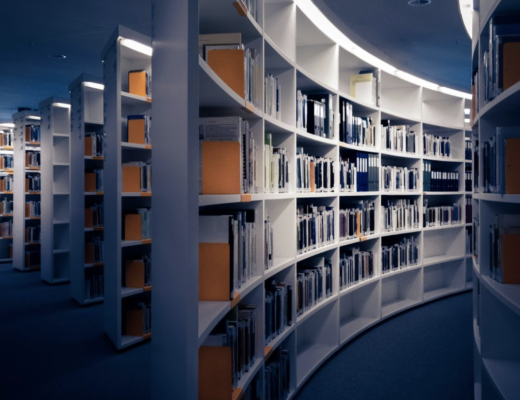How Creativity and Software Engineering Go Hand-In-Hand, According to Engineering Leader Srinivas Allaparthi
by / ⠀Experts / February 12, 2025
Software engineering has become one of the most important fields of computer science, with the design, development and maintenance of software applications becoming essential for a wide range of brands and activities.
To outsiders, software engineering is often viewed as a purely technical task — a field that doesn’t really involve much (if any) creativity. But as Srinivas Allaparthi, a distinguished engineering leader with over two decades of experience revolutionizing systems and processes and a notable tenure as a director of software engineering at Tesla explains, creativity isn’t just a natural part of the software engineering process — it’s required.
Previous Post
New Social Security payment dates announced
Next Post






